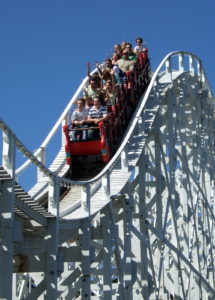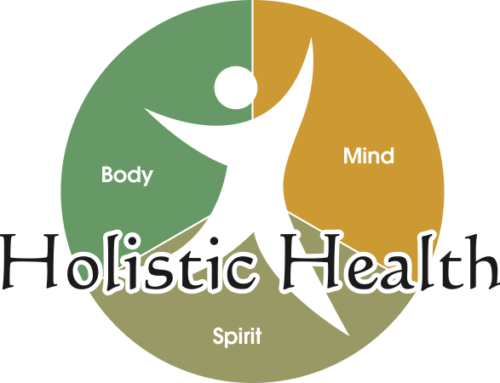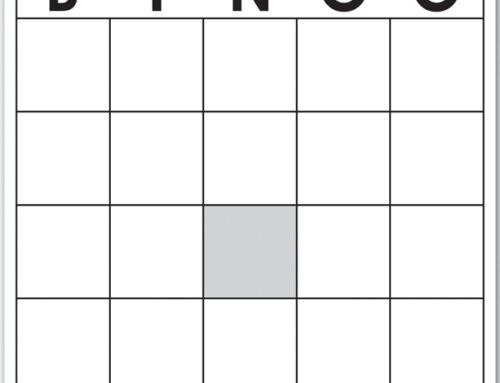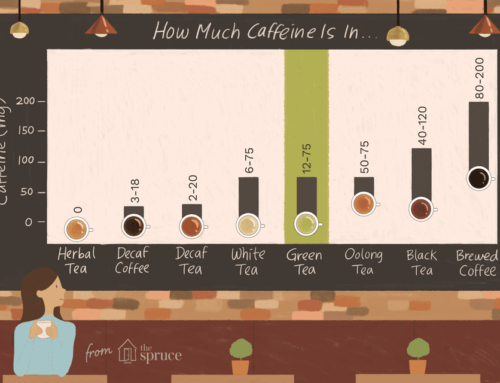What I have been noticing myself saying more often to clients is that “healing can be a roller coaster.” If physical therapy is going well, I would expect to see pain decreasing and the client seeing changes in their daily life or at least less affected by their injury. Sometimes it can take 2-3 weeks to begin seeing the effects, perhaps longer, but that’s the way the human body works. After doing some reflection on the past couple weeks, one major theme I have been noticing in rehabilitation is the “roller coaster of progress.” Periods of progression, some regressions, new aches and pains, and simple reminders that there is not an easy fix to the problem. By alleviating one symptom, we can open the door for another one, and in turn attempt to alleviate that one, as well. That’s what makes rehabilitation so rewarding as a physical therapist.

Healing can be a roller coaster. It doesn’t matter which body part, or how serious the injury, or whether surgery was performed–pain can fluctuate! Many factors can affect current pain level including fitness, diet, sleep, stress, etc. As a physical therapist I will actively monitor your pain and prescribe exercises, stretches, and hands-on techniques to help with these symptoms through the rehabilitation process. Although we all hope that our injuries will not plague us for very long. Rehab does not follow a straight line on the road to recovery. Knowing that there will be bumps and hills along the way will help both the physical therapist and the client stay on the same page and ultimately on track to desired recovery.







